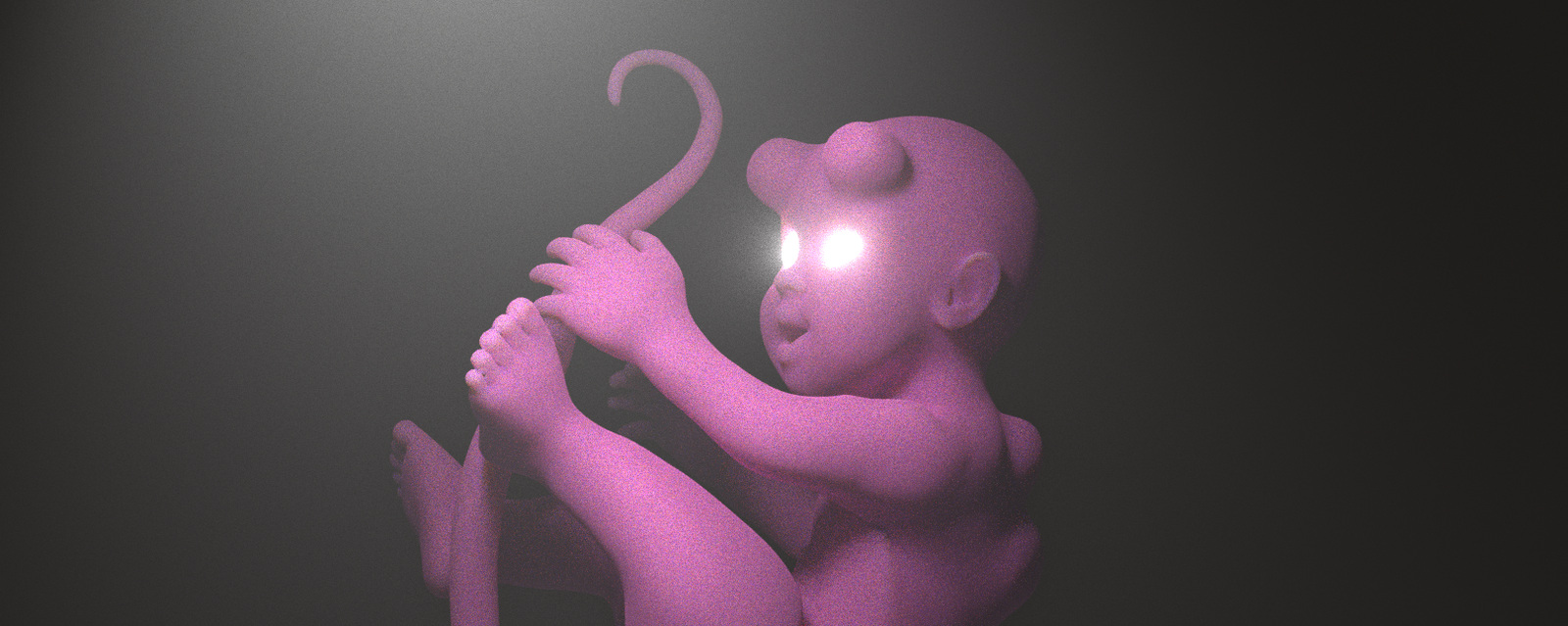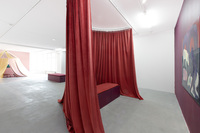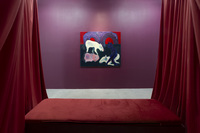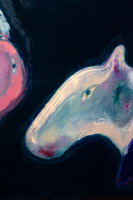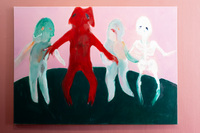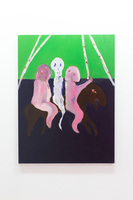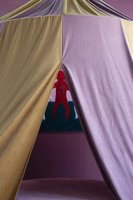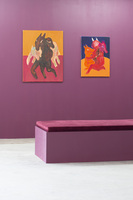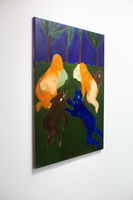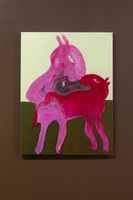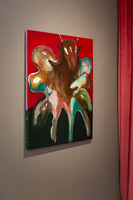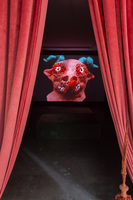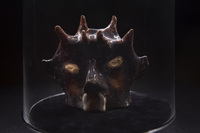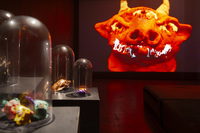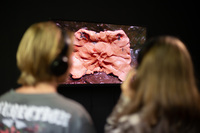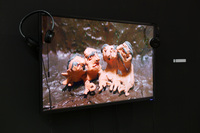“Monsters are signposts, in other words, to separate acceptable from unacceptable, what’s allowed from what is not”.
Jess Zimmerman
The figure of the monster plays a very important role in the building of the structures of human societies. Culture, through monstrous depictions of anti-heroes, sets the boundaries of acceptable in-group behavior allowing to clearly (and unnaturally) separate human and animal. Mythologies and religions, in particular, are at the forefront of constructing such a dichotomous vision of the universe. Man, terrified by his own fluid nature, which cannot be contained within a certain rigid framework, creates more monsters. Boundaries are maintained through the intimidation of dehumanized characters, who are thrown outside the bracket of the community. The monster is condemned to isolation, and its qualities rise to the level of the impossible. Anna Wieczorkiewicz in "Monstruarium" quotes a description of the famous Monstrum of Ravenna: "The strange infant that was born in Ravenna in 1513 was winged and horned. It had only one leg, covered with scales, bearing an eye in place of a knee and ending in a chicken claw. On its torso was a cross and the letter Y. The creature was hermaphroditic in nature - above the bizarre leg were both male and female sex organs." Each similar case, Wieczorkiewicz explains, was used as a tool of manipulation. "The monstrosity became the scapegoat on which the sins of the entire community were heaped." Each deformed fetus was the evidence of its mother's sins. However, it is not only deviations from the corporeal norm that are fodder for the creation of the monstrosity. The threat of exclusion from the community hangs perpetually over every member of the community who, consciously or not, willingly or unwillingly, succumbs to his nature, uncut by the cultural knife.
Jess Zimmerman writes “Monstrosity is relative, born in the gulf between the expectation and the reality. But if the expectations are too narrow , nearly anything can become monstrous. The more you are circumscribed, the easier it is to deviate, and the more deviation comes to seem outlandish or even dangerous.”
Julia Świtaj’s work addresses selected sociological issues of group anxiety in relation to deviations from the cultural norm. She is interested in the aspect of the social sense of fear of otherness, and thus its personification and naming. The lands depicted in the artist’s paintings are a projection of her own ideal of human nature. All human, animal and imaginary figures coexist in the same continuum, understood as a continuous set of infinite elements passing seamlessly from one to another. Her Unsighted in the human world were scapegoats, solitary monsters. Gender was a prison for them. Religion imposed a sense of human superiority over the rest of creation. Suffering in a culture separated from nature, the Unsighted eventually abandoned the blind path of anthropocentrism, thus freeing themselves from human limitations. Now freed, they live in an alternative space-time. Binary divisions are dissolving. The Unsighted do not have to define themselves and perform the roles imposed on them. Human characters, who have rejected the form and gender imposed on them, are lovers of deuces liberated from human perception. They play with their equals-phenomena and animals. We observe a utopian dance of freedom. Monsters, created from infantile notions of sin, like people made of plasticine transform in Świtaj's hands into unbounded beings.
Media partners:
------
Julia Świtaj (born in 1993, Katowice) - Studied painting at the Academy of Fine Arts in Katowice from 2014 to 2019 in the studio of Professor Zbigniew Blukacz. In her works, man is never at the center of the created world, he is vulnerable, sensitive and coexists with nature, submitting to it, embodying the need for closeness and affection, as well as utopian love and unity. Her paintings are a projection of her own ideal of human nature. In 2022, she participated in the exhibition "Anxiety Comes at Dusk" at the Zachęta National Gallery of Art, which presented the most important phenomena in Polish art among young female artists.
- Exhibition
- Concert
- 9 September ‒ 20 October 2023
- artist: Julia Świtaj
- curator: Katarzyna Kalina
- opening: 9.09 (Saturday), 7:00 - 9:00 p.m.
- dj set: Obszańska & Dziedzic, 8:00 p.m.
- tickets: PLN 1 ( reduced), PLN 3 ( regular)
- visual identity: Marcin Wysocki
- photo documentation: Marcin Wysocki
